Water was once considered a unique feature of the Earth, thanks to which life appeared here. However, over the past few decades, this substance has been discovered in many places in space. It is even found near quasars that are billions of light years away. However in this article, we decided not to go that far. Let`s look for the deposits of water on our own Solar System.
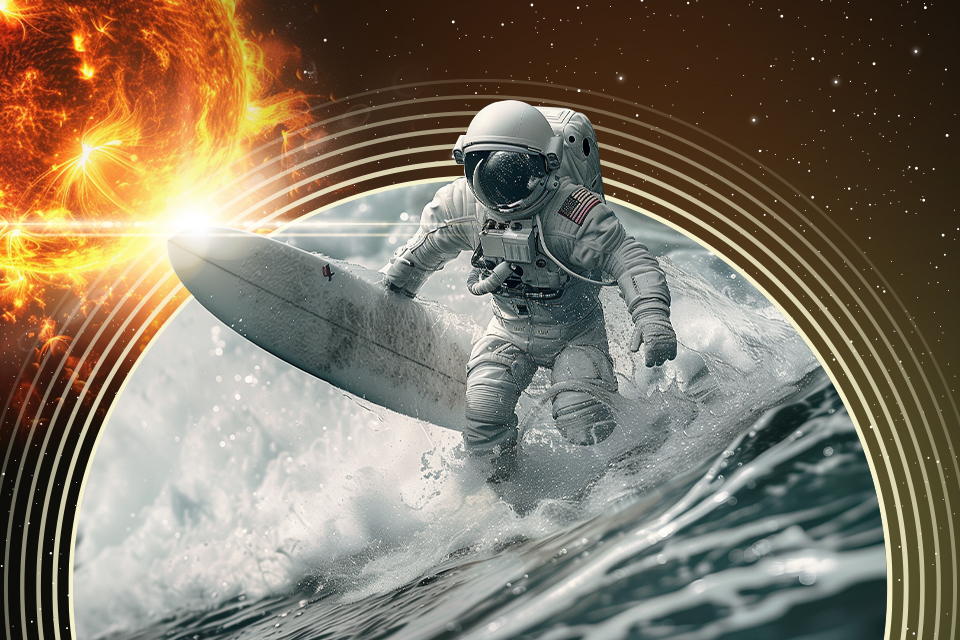
Looking for water in the Solar System.
1. The Moon
The Moon has no atmosphere and it`s gravity is weak. Therefore, it is believed that water cannot exist directly on its surface in any form. The sun’s rays would instantly melt the ice, which would turn into steam, and the latter would fly away into space.
However, there are craters at the poles of our satellite whose bottoms are never touched by the sun’s rays. And there, water ice has been preserved since the formation of the Moon. We know this for sure because its existence has been repeatedly confirmed by various probes.
The total volume of water in lunar craters is currently unknown. However, scientists hope that there is enough ice there, as both the American and Chinese programmes for the development of our natural satellite are based on the use of this valuable resource for the needs of astronauts.
Scientists also suggest that, at least in some places on the Moon, water ice may be hidden beneath the surface, where it is reliably protected from sunlight. However, this assumption is still unconfirmed.
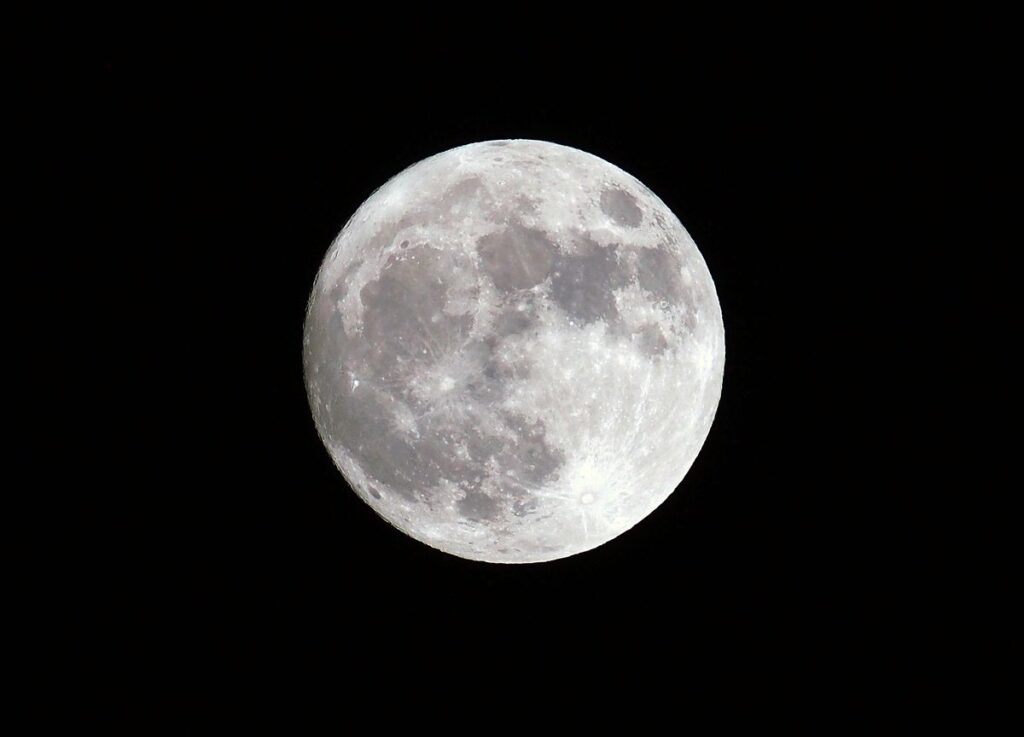
The Moon. Source: Mélanie Barboni
2. Mars
Billions of years ago, Mars had a hydrosphere quite comparable to the Earth’s. There was an ocean in the northern part of the planet, and rivers flowed to it from the southern highlands. Since then, the amount of water on the Red Planet has sharply decreased, but it has not disappeared altogether.
Most of it is found in the planet’s polar caps. The part of them that does not disappear even in the summer months consists of water ice. There is also a giant Korolev crater filled with water ice.
In addition, scientists are convinced that ice is also hidden in many places under the surface of the Red Planet in the form of permafrost. This is evidenced by dark streams that are observed from time to time on the slopes of many Martian craters. They are evidence that this ice partially melts in the summer months. However, scientists believe that even on the hottest days by Mars’ standards, the liquid state of the ice may not contain pure water, but consist of perchlorate solutions which are completely unfit for life.
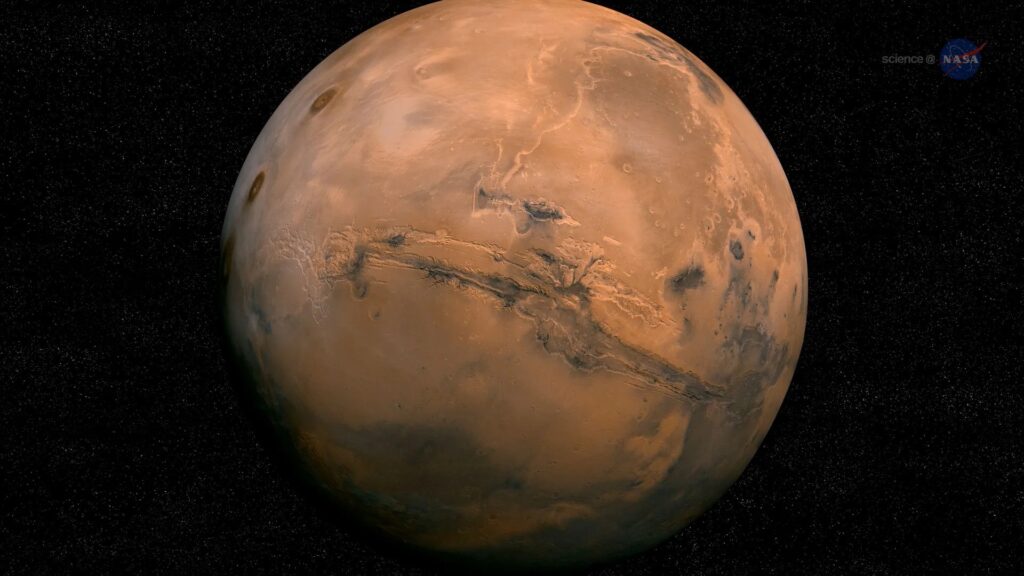
Mars. Source: science.nasa.gov
3. Comets
Comets also contain huge amounts of water. In fact, the formation of their tails is explained by the melting and evaporation of volatile substances. This is confirmed not only by ground observations but also by spacecraft studies.
An example of this is the Rosetta probe, which studied the Churyumov-Gerasimenko comet. Thanks to it, scientists not only confirmed that these celestial bodies are “dirty snowballs”, i.e. ice with stones and organic matter inside, but also found that the water in the lunar crater Cabeus is of cometary origin.
The latter fact is especially important as confirmation that comets can supply water to other celestial bodies when they collide with them. There is a theory that it was due to such collisions that not only most of the water, but also complex organic substances that gave rise to life, once came to the Earth.
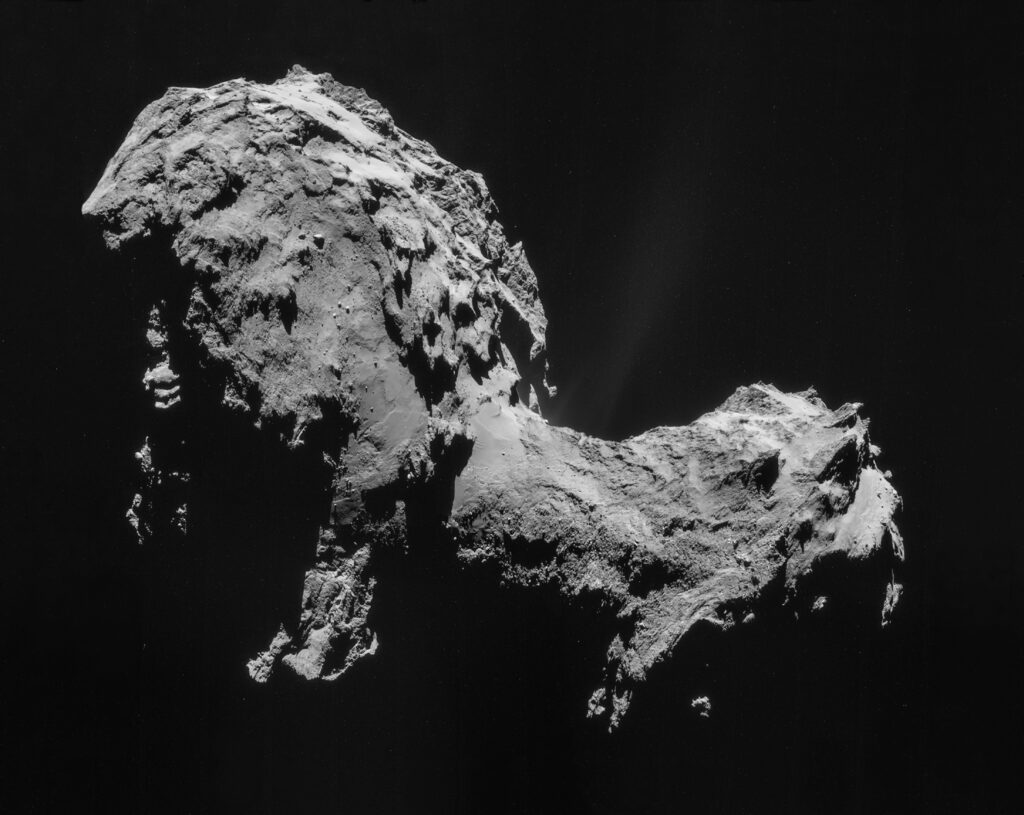
Churyumov-Gerasimenko Comet. Source: Wikipedia
4. Ceres
Ceres is the largest celestial body in the Main Asteroid Belt. It used to be considered a large asteroid, but 18 years ago it was reclassified as a dwarf planet. Its average diameter is 940 km.
In 2015-2016, the Dawn spacecraft explored Ceres from the closest possible distance. Thanks to it, scientists confirmed that frozen water makes up 20-30% of its mass. This suggests that the dwarf planet has an icy mantle 100 km thick, or even a whole hidden ocean beneath the surface.
In addition, the researchers found Mount Ahuna on the surface of the dwarf planet, which resembles a cryovolcano. That is, Ahuna could once have spewed water heated by internal heat onto the icy surface. Ceres even has a temporary atmosphere of water vapour. Thus, water on this celestial body can be in all three basic states.
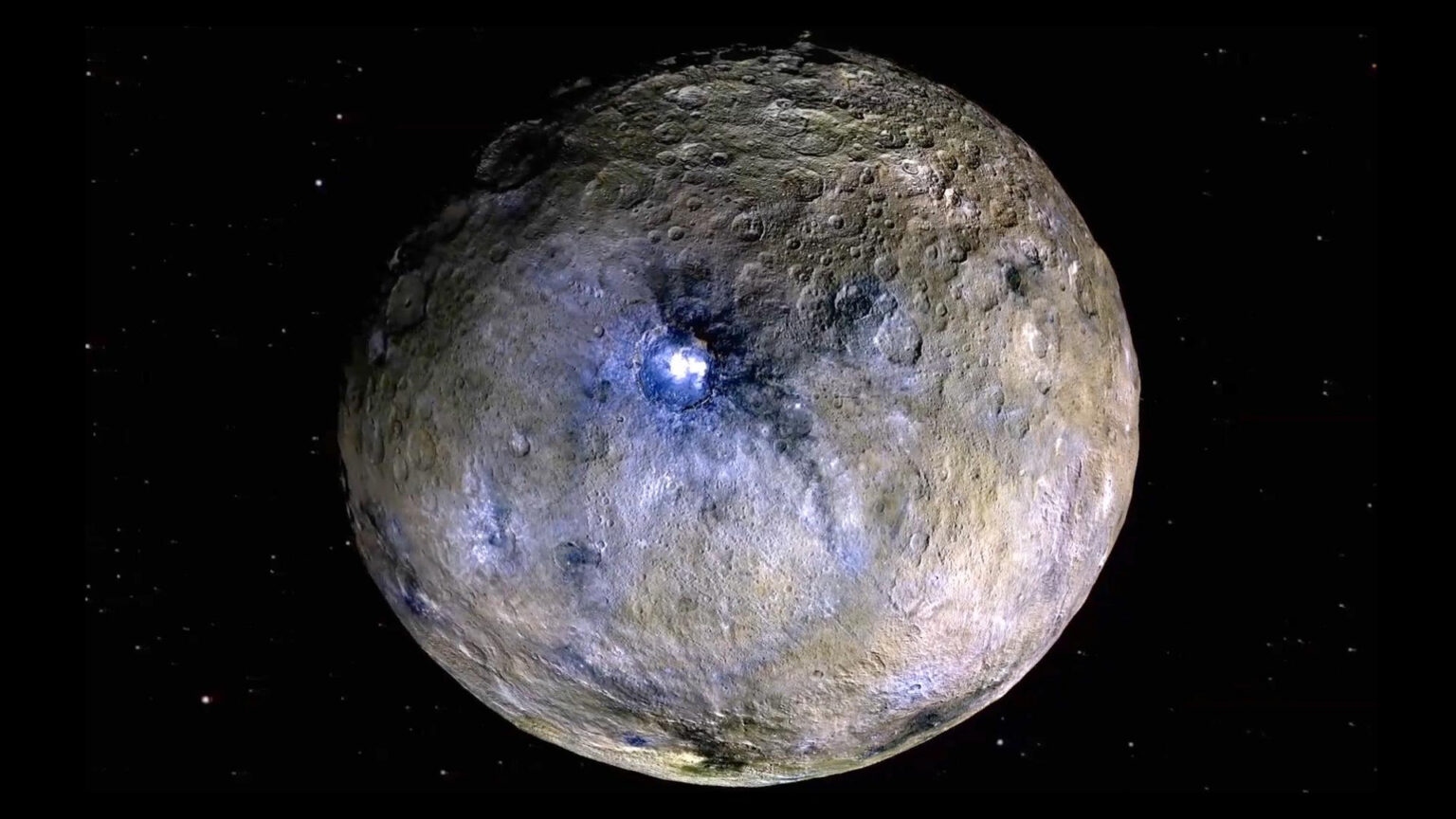
Ceres. Source: cdn.mos.cms.futurecdn.net
5. Satellites of the giant planets
When people talk about water in the Solar System outside the Earth, Jupiter’s moon Europa is most often mentioned. This is not surprising, given that it looks like a ball of ice. What’s more, scientists have long ago proved that there is an ocean of liquid water beneath its surface.
However, in reality, Europe is not so unique. Jupiter has at least two other large satellites, Ganymede and Callisto, which are also largely composed of water ice. Titan, Tethys, Enceladus, and Janus, which also contain water, orbit Saturn. And then there are the moons of Uranus and Neptune, which also contain large amounts of it.
In general, water ice as the main material of the moons of giant planets is the rule rather than the exception. That’s because they were formed along the so-called “snow line”, an imaginary boundary that separates zones where the Sun’s radiation is strong enough to melt the ice, and where water can exist stably in a solid state.
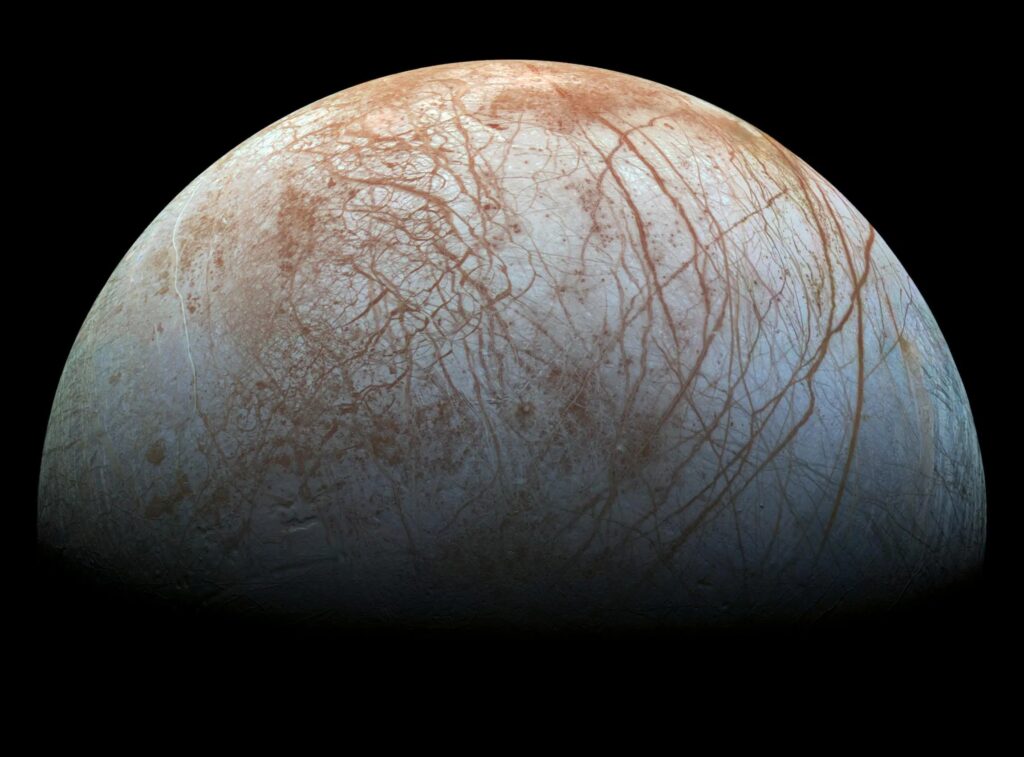
Jupiter’s moon Europa. Source: science.nasa.gov
6. Neptune
If we are looking for the planet in the Solar System with the largest water reserves, it would be Neptune, not the Earth. It does indeed have a huge amount of water in its interior, but it is very different from anything we know on Earth.
The depths of the icy giant are actually very hot, but the water is under enormous pressure, and therefore it is difficult to determine its exact state. It is a so-called supercritical vapour, so dense that it behaves more like a liquid.
Moreover, it is quite possible that ice forms in the depths of Neptune. We are used to the idea that water needs a temperature of around 0°C to get solid. But this is only in the conditions we are used to on Earth. With increasing pressure, more than 20 different forms of high-temperature water ice can exist, and some of them can be found in the Neptunian interior.
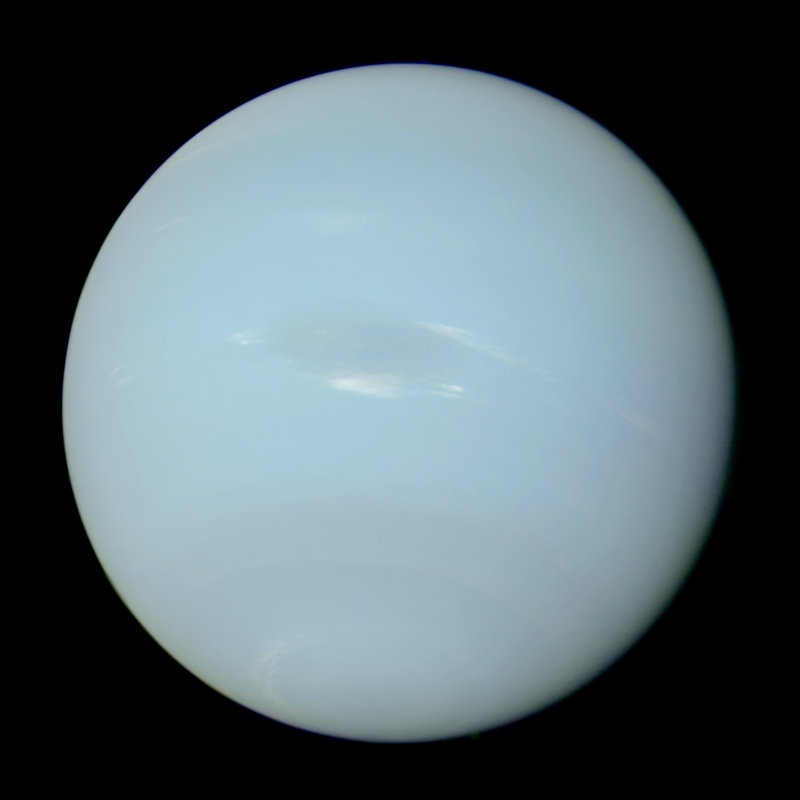
Neptune. Source: Wikipedia
7. The Kuiper belt
Another place where there is a lot of ice, including water ice, is the Kuiper belt. Since it lies so far from the Sun that even most of the gases are in a solid state, it would be surprising if the objects there consisted of anything else. In particular, the largest and most famous object in this region of space, the dwarf planet Pluto, is largely composed of water ice.
Even further from the Sun than the Kuiper belt is the Oort Cloud. We know very little about it. However, it is believed that it is from there that comets come to us. And they, as mentioned earlier, are largely composed of water. So it is possible that it is on the outskirts of the solar system that the largest reservoir of the substance we associate with life is still hiding.


